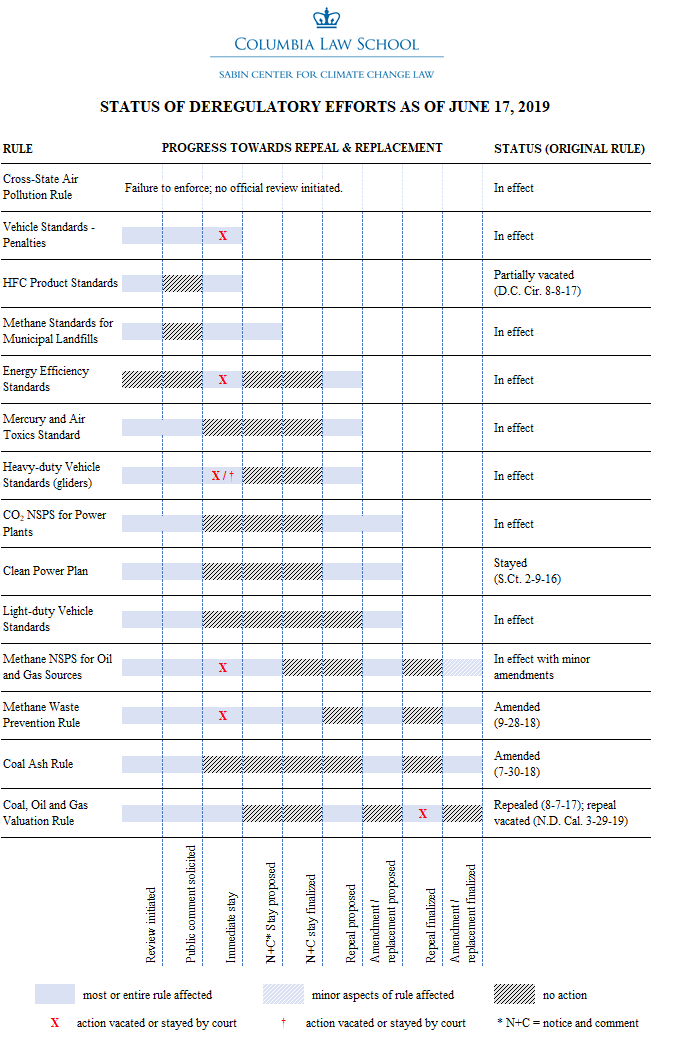The Sabin Center has just published a new working paper by Susan Biniaz, the lead climate change lawyer for the U.S. Department of State since 1989 – I Beg to Differ: Taking Account of National Circumstances under the Paris Agreement, the ICAO Market-Based Measure, and the Montreal Protocol’s HFC Amendment. The following excerpt introduces the key issues covered in her paper.
Within less than a year, States reached agreement on three major climate change-related instruments: the Paris Agreement, the International Civil Aviation Organization (ICAO) Resolution on a global market-based measure to address international aviation emissions, and the Kigali Amendment to the Montreal Protocol to phase down production and consumption of hydrofluorocarbons (HFCs). What is remarkable about these three instruments is not only the short period of time in which they were all completed (and, in the case of the Paris Agreement, entered into force), but the variety of methods by which negotiators took account of different national circumstances in formulating commitments and other aspects of cooperation.
The issue of “differentiation,” or the extent to which an instrument makes distinctions among States in setting out commitments and other features, has been a particularly salient and controversial one in the climate change arena. The foundational UN Framework Convention on Climate Change set forth a general principle regarding “common but differentiated responsibilities and respective capabilities” and established several categories of countries, including those that are or are not listed in Annexes I and II. However, all Parties had commitments and, except with respect to finance, the distinctions among such commitments were relatively minor. The Kyoto Protocol radically changed the differentiation narrative by placing legally binding emissions commitments on “Annex I” Parties and essentially excluding all other Parties from any new commitments. Kyoto’s stark divide between the two categories of Annex I and non-Annex I Parties (also referred to, somewhat less accurately, as “developed” and “developing” countries) was a major reason why the United States did not join the Protocol and led to many years of diplomatic wrangling. Even the word “differentiation” was a source of contention; some used it as shorthand for the proposition that “developed countries must take on binding commitments, while developing countries may engage in voluntary actions,” which irritated others.
Nearly twenty years later, the Paris, ICAO, and HFC instruments all fall far from the Kyoto tree. They reflect a wealth of approaches to addressing various national circumstances, including in relation to participation in the regime per se, the nature of commitments, the timing of commitments, the need for assistance, and other features.
There is substantial variety in approaches to differentiation both within each of the three instruments and among them. What all of them have in common is how they pragmatically answered the need for accommodation, whether demanded by logic, fairness, limited capacity, or simple negotiating leverage. Further, they have significantly expanded the arsenal of differentiation tools available to negotiators in the future, in the climate world and other spheres where appropriate.



